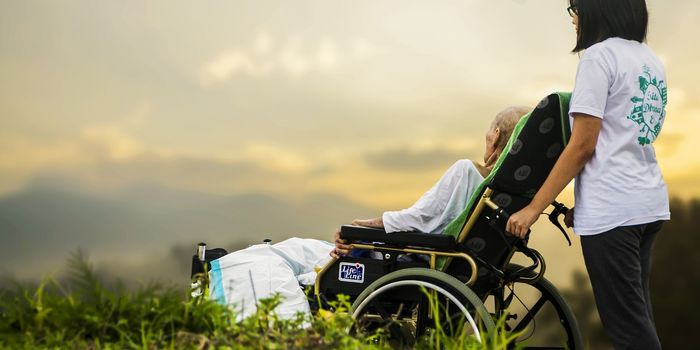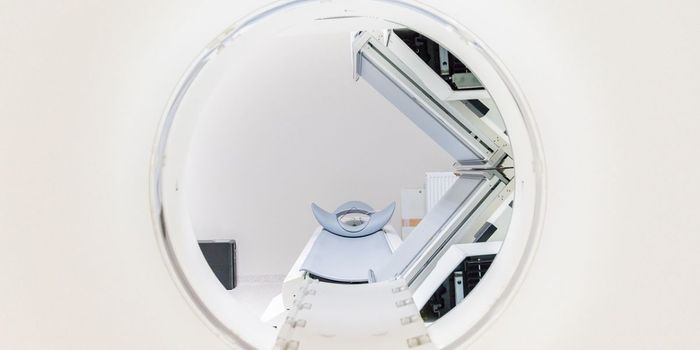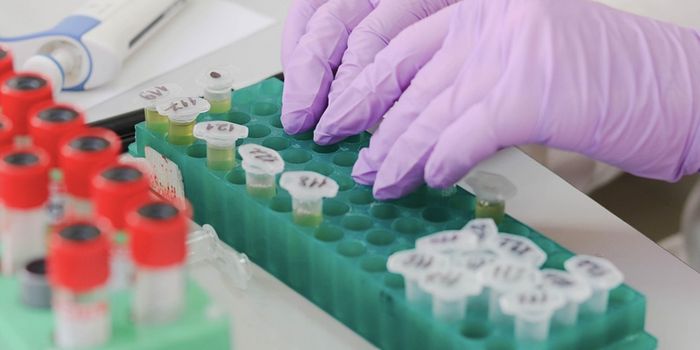Test Before You Travel: Tiny Smartphone Device Checks for COVID in 60 Minutes
According to the CDC’s latest travel regulations, all air passengers must have a negative COVID test before boarding a flight to the United States. What if, instead of going to a testing facility, you could simply insert a stamp-sized device into your smartphone’s charging port and get an answer at the airport while you have a meal?
The latest research from Rice University has the potential to make nasal swabs and PCR tests history. Their new microfluidic diagnostic device contains specialized nanobeads that bind to the N protein of SARS-CoV-2 present in a blood sample from a finger prick. The nanobeads are then pulled towards an ultrasensitive electrochemical sensor by capillary action. These sensors then detect even trace amounts of the viral biomarker.
“What’s great about this device is that it doesn’t require a laboratory,” said Peter Lillehoj, mechanical engineer and one of the device’s inventors. “You can perform the entire test and generate the results at the collection site, health clinic, or even a pharmacy. The entire system is easily transportable and easy to use.”
Lillejoj and colleagues validated the device’s performance using a library of serum samples from COVID patients and healthy donors. They found an optimal time for incubating nanobeads with serum samples such that it reliably detected extremely low concentrations of the N protein: 55 minutes. Diluting the serum sample fivefold halved this time and allowed the system to flag even lower viral protein concentrations.
“There are standard procedures to modify the beads with an antibody that targets a particular biomarker,” explained Lillehoj. “When you combine them with a sample containing the biomarker, in this case, SARS-CoV-2 N protein, they bond together.”
The beads binding to capture antibodies present on the electrochemical sensors generate an electrical signal proportional to the amount of N protein in the serum sample. This signal is then transmitted to a phone app where the user can see the test’s result.
According to Lillehoj, commercial-scale manufacturing of such microfluidic chips is relatively straightforward, and modifying them to test for new COVID variants as they emerge would also be doable.
Sources: ACS Sensors, Rice University.









